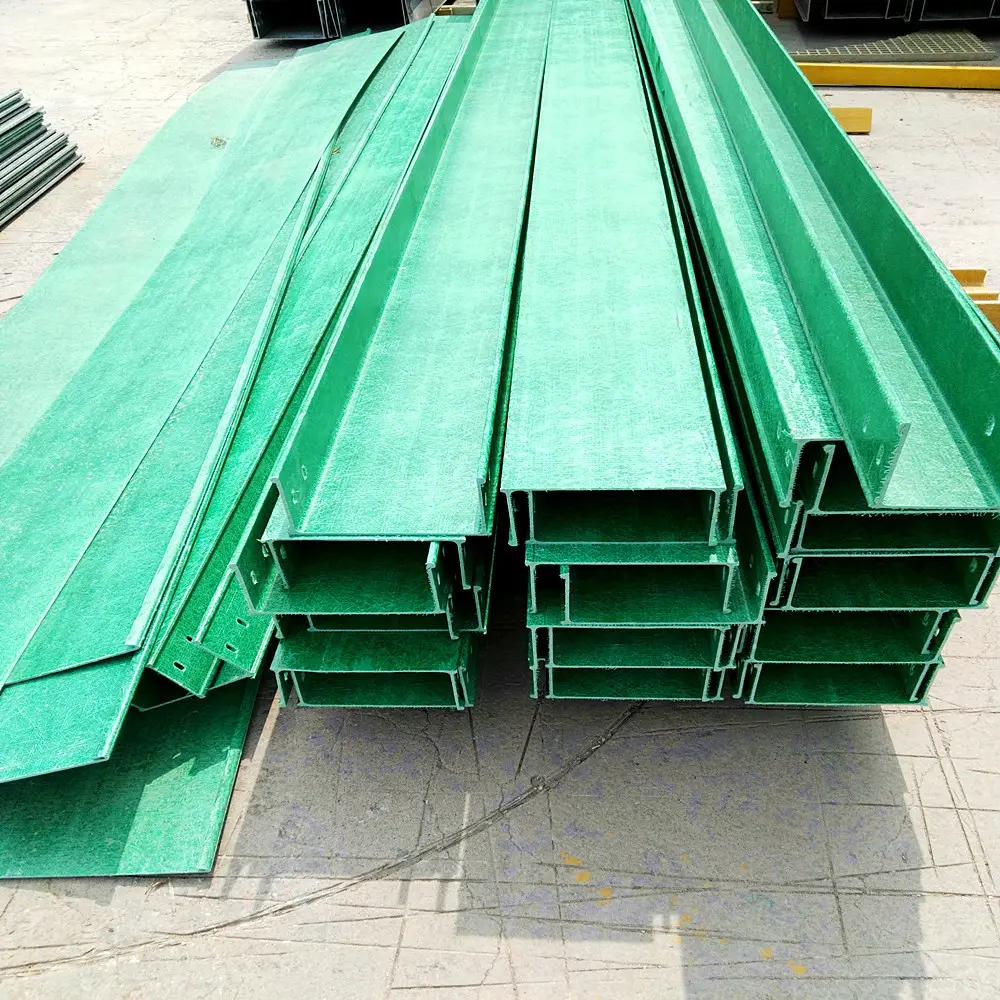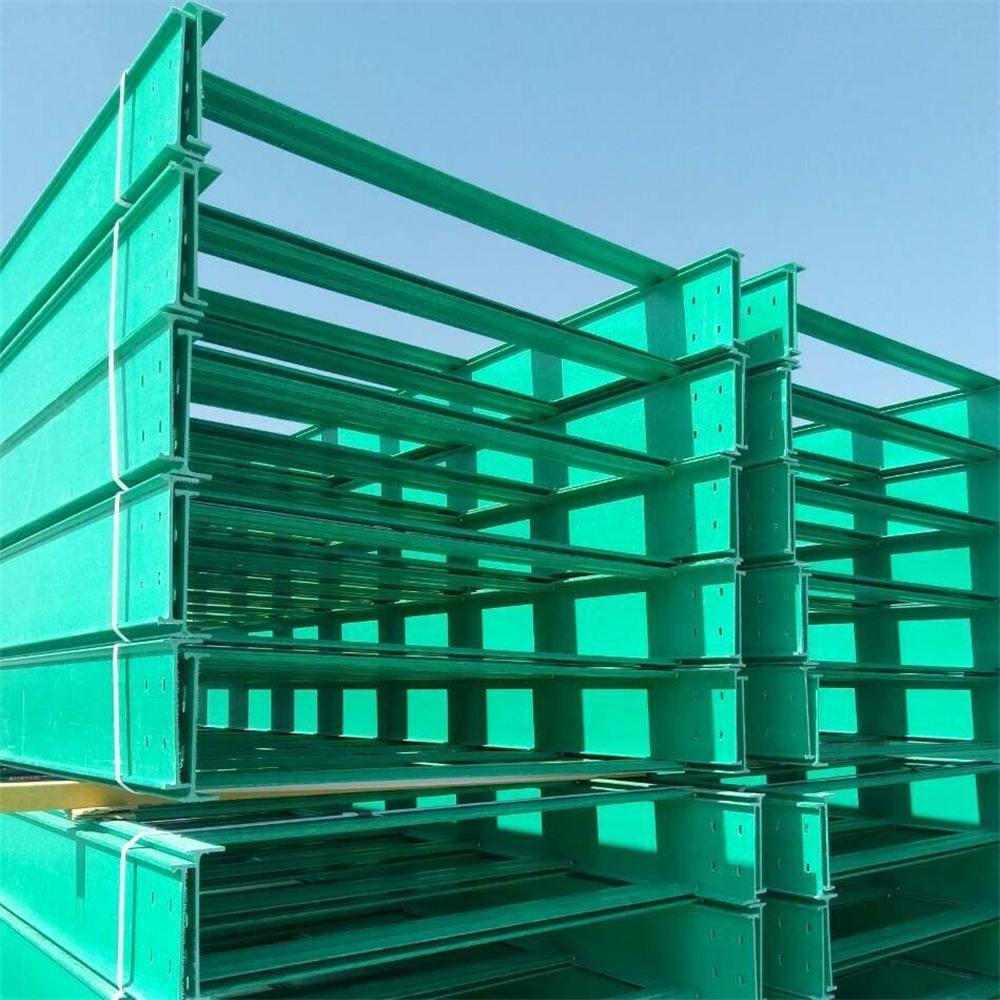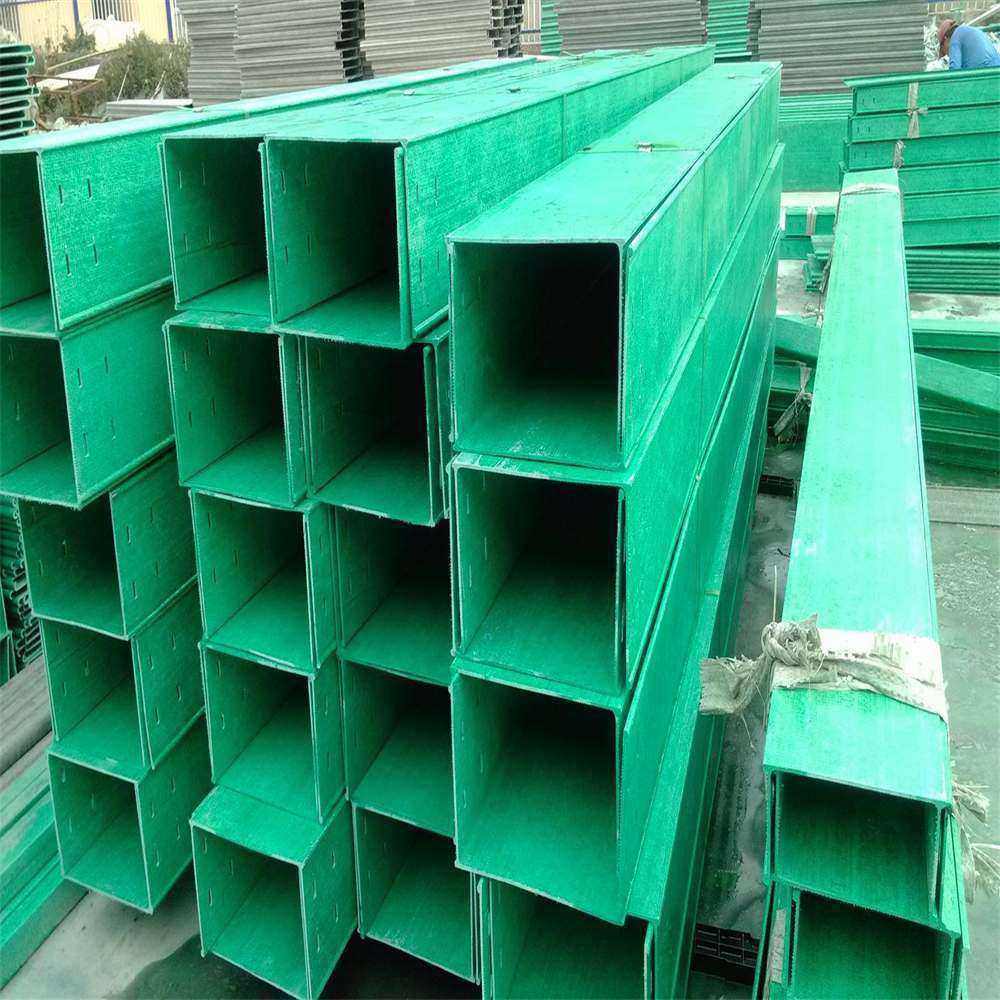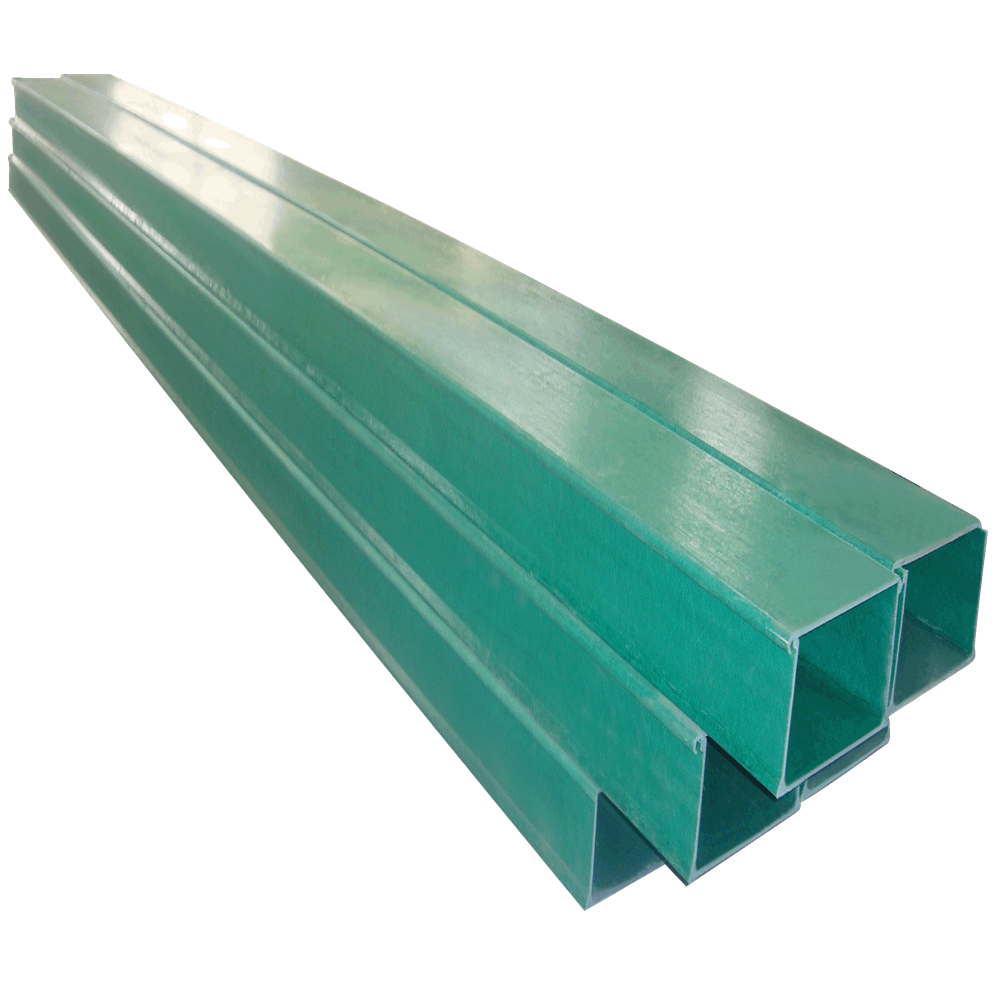Stealing and reducing energy efficiency label
Since the implementation of the energy-saving lamp energy efficiency labeling system, energy efficiency has become a new issue. In the recent sampling tests conducted by the Beijing Consumers Association, 24.37% of the initial luminous efficacy of the energy-saving lamps did not reach the actual value of the product.
“The energy-saving lamps whose initial light efficiency is not up to the standard are generally used for cutting corners on raw materials and using fake or inferior trichromatic powders or mixed powders.†Liu Liu, an energy-saving lamp manufacturer in Shenzhen, told the “First Financial Dailyâ€.
"The relative value of energy-saving lamp products is low. Different from home appliances such as refrigerators and air conditioners that have already implemented energy efficiency labeling systems, the concentration of industry brands is relatively low. Therefore, the implementation of energy efficiency labeling systems and the difficulty of supervision must be greater than that of home appliances. Liu Shengping, vice chairman and secretary general of China Lighting Association, said.
Large deviation of power
Beijing Consumers Association test showed that 72.17% of the measured value of energy-saving lamps did not reach the company's product express value, even including some well-known brands of products. For example, the province to give you the provincial brand 11W energy-saving lamps, the measured power is 6.7 to 7.9W, the deviation is 28.2% to 39.1%; Meiyuan brand 18W energy-saving lamps, the measured power is 9.8 to 11.0W, the deviation is 38.9% to 45.6%; more Some brand marks and actual power difference of nearly doubled, such as the star fire card 18W energy-saving lamps measured power of 7.4 ~ 9.6W, the deviation is 46.7% ~ 58.9%.
National standards stipulate that the difference between the power consumed by an energy-saving lamp and its rated power must not exceed 15%.
For energy-saving lamp power and the phenomenon of inconsistencies, the manager of a energy-saving electrical company in Jiangxi, said: "On the one hand, the quality of electronic components in the circuit is not stable, the design parameters are not reasonable; the other is the company's production control is not done, the product There is no detection at the factory."
Pseudo energy saving and environmental protection
As some small and medium-sized energy-saving lamp companies cannot properly handle the problem of mercury content in products, and China does not have a clear set of recycling systems for used energy-saving lamps, many energy-saving lamp companies are at the expense of the environment. For example, the penetration of 1 mg of mercury into the ground will cause pollution of about 360 tons of water and surrounding soil, while an ordinary energy-saving lamp contains an average of 0.5 mg of mercury.
"The feasibility of recovering energy-saving lamps by production companies is very low." Manager Zeng told reporters, "The old energy-saving lamps are hazardous wastes and cannot be degraded as much as some garbage. They require special technology from transportation to harmlessness, and they cost too much." ."
Small enterprises have more production capacity
"2U, 2.15 yuan; 3U, 3.0 yuan; semi-spiral 3.3 yuan; full spiral 3.5 yuan." This is a Zhongshan City, an energy-saving lamp manufacturer quoted prices.
"Regular manufacturers of high-quality energy-saving lamp products can not produce the basic five or five." Manager once disclosed that in order to reduce costs, many small companies use halogen powder or mixed powder has long been eliminated instead of rare earth trichromatic phosphors, the cost can save 0.5 yuan ~ 1 yuan. In addition, the energy-saving lamps flame retardant point is high temperature, but many manufacturers use non-flame-retardant plastic parts, a lamp cost can also save 0.5 yuan to 1 yuan, and some energy saving lamps simply even the insurance are saved, even External lime material, various electronic components, etc., may use different quality things to reduce costs.
"For a long time, China's energy-saving lamp industry is in a scattered and fragmented pattern. There are many small and large enterprises, and there are few large-scale enterprises. The level of production intensification and scale is very low." Liu Shengping told reporters that there are currently tens of thousands of companies in the industry, including large ones. Enterprises account for about 10%, and SMEs account for about 90%.
Big Brand OEM Small Business å‚ Brand
China Lighting Association, Mr. Wen told reporters that "energy-saving lamps on the technical requirements are relatively high," parts quality is better, the manufacturing process must be strict, complete inspection methods, which increase the cost. Many companies are copying, but usually the core part cannot be copied.
It is understood that due to the low prices of SMEs flooding the market, international energy-saving lamp brand manufacturers have also encountered great pressure in opening up the Chinese market. Some international brand manufacturers simply rent out their own brands to domestic manufacturers, which are produced and shipped by domestic manufacturers. However, these big-name companies are not so handy in quality control. Therefore, problems may arise.
Manager Liu said that at present, there are also some small workshops that pretend to be well-known big names. These products often use inferior parts to put together poor quality products and rely on low prices to seize the market, which is difficult for ordinary consumers to distinguish.
Glass Reinforced Plastic Channel Cable Tray
Glass Reinforced Plastic (GRP) channel cable tray is a type of cable management system that is widely used in various industries. It is made of a composite material that consists of glass fibers and a thermosetting resin matrix. The resulting material is strong, lightweight, and resistant to corrosion, making it an ideal choice for harsh environments.
GRP channel cable tray is designed to support and protect electrical cables and wiring. It is available in various sizes and configurations to suit different cable management needs. The channel shape of the tray provides a secure and stable support for the cables, preventing them from sagging or getting damaged. The tray can also be easily cut and shaped to fit specific installation requirements.
One of the main advantages of GRP channel cable tray is its durability. The material is resistant to corrosion, UV radiation, and chemical exposure, making it suitable for use in harsh environments such as chemical plants, offshore platforms, and wastewater treatment facilities.
The tray is also fire-resistant and has a high strength-to-weight ratio, which means it can support heavy loads without adding extra weight.
Another advantage of GRP channel cable tray is its ease of installation. The tray can be easily mounted on walls, ceilings, or floors using a variety of fixing methods such as brackets, clips, or hangers.
The lightweight nature of the material also makes it easier to handle and transport, reducing installation time and costs.




Glass Reinforced Plastic Channel Cable Tray,Fibreglass Cable Ladder,Glass Plastic Cable Tray,Fiberglass Cable Tray Price
Rayhot Technology Group Co.,Ltd , https://www.cnrayhot.com